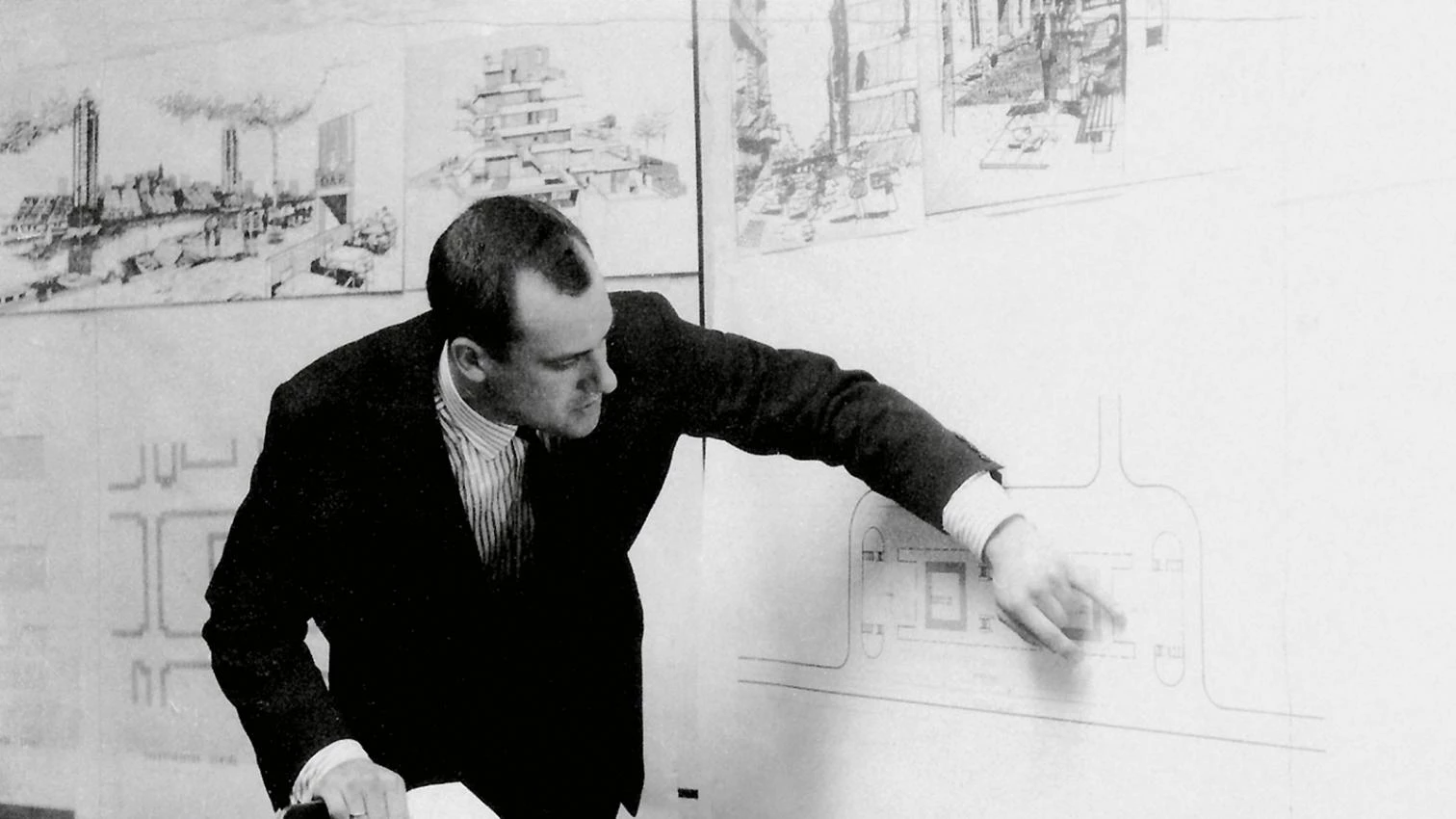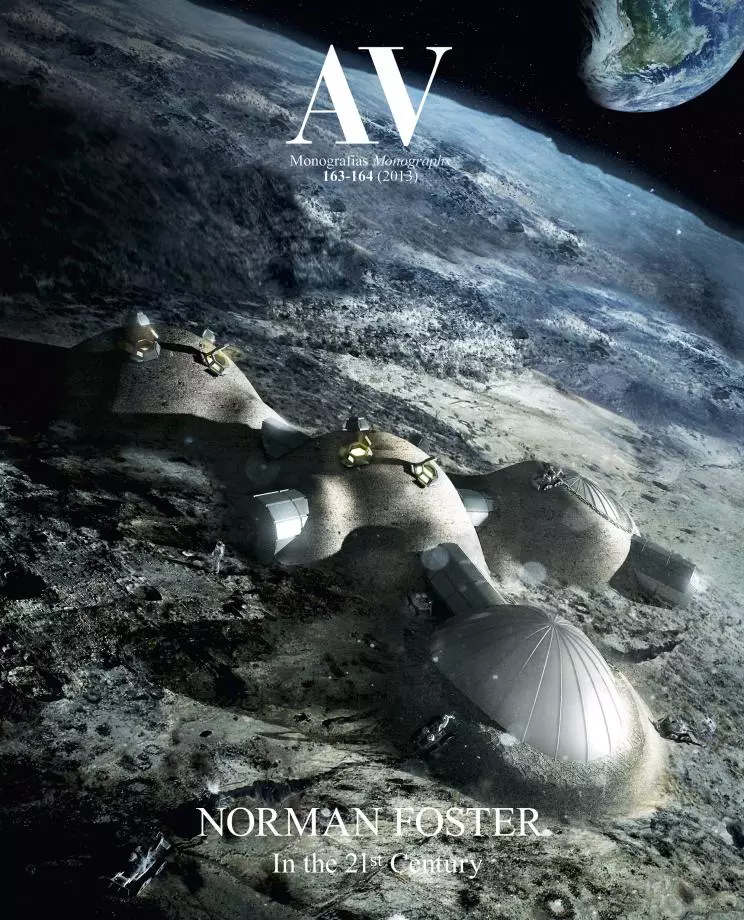The Naïveté of Foster

Under the heading ‘The ‘naïveté’ of Verdi’, Isaiah Berlin explored the difference between artists who are at peace with themselves and those in conflict with nature or society. With characteristic insight, in this text of 1968 (collected in Against the Current, 1979) the historian of ideas developed the argument put forward by Friedrich Schiller in an essay published in 1795, Über naive und sentimentalische Dichtung, which distinguished between poets that work happily unaware of inner tensions and those troubled by self-consciousness. Thus understood, Cervantes, Bach, Händel, Rubens or Haydn would be naive, whereas Byron, Flaubert, Wagner, Marx or Nietzsche would be considered sentimental in the sense advanced by Schiller. “Among composers of genius – writes Berlin – Verdi is perhaps that last complete, self-fulfilled creator, absorbed in his art... impersonal, dryly objective, at one with his music”; all of them qualities that make him a great naive artist, and that could be easily extended to Norman Foster, hopefully throwing light on the title of this text.
Berlin is at pains to avoid being misunderstood: “To say that Verdi was naive in any ordinary sense is an absurd suggestion.” But we can use the term in the sense of Schiller, describing those artists who are not conscious of any rift between themselves and their milieu, or within themselves. In the words of the poet and playwright: “The dry, truthful way in which such a poet treats his material often resembles lack of feeling. The object possesses him entirely... He is the work, for the work is himself.” Homer, Aeschylus, Shakespeare, even Goethe – adds Berlin – are poets of this kind. “They are not, as poets, self-conscious. They do not, like Virgil or Ariosto, stand aside to contemplate their creations and express their own feelings.” If we be allowed to extend Schiller’s categories into architecture, perhaps we could list Bernini, Gaudí, Mies, Foster or Sejima as naive, whereas Borromini, Soane, Le Corbusier, Moneo or Koolhaas would be sentimental: artists conscious of themselves, of their estrangement from “the original and unbroken whole of thought and action, feeling and expression.”...
[+]





